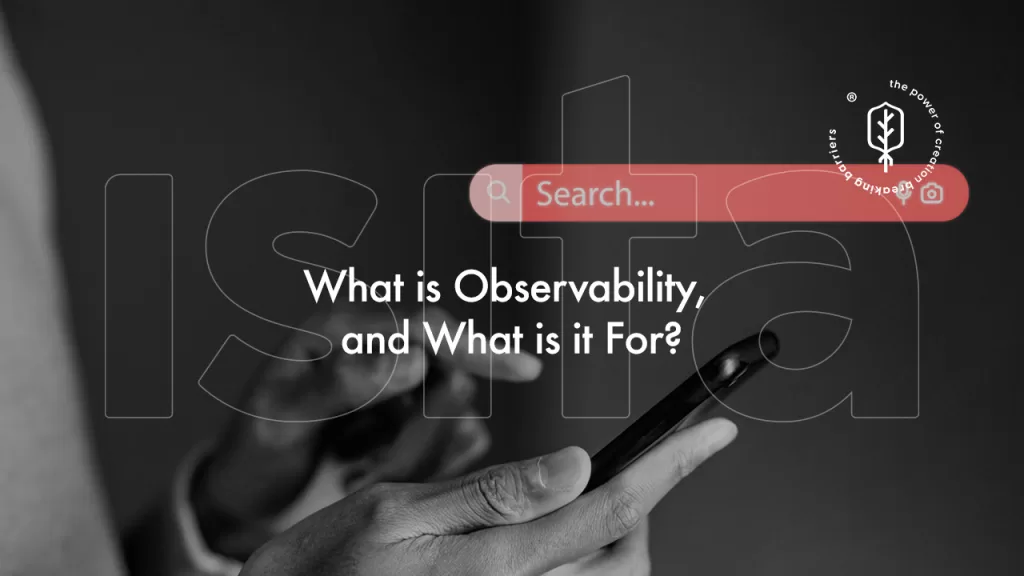In the digital age, where robust and scalable web applications are paramount, the role of back-end development is more crucial than ever.
The back-end, often referred to as the server-side of an application, is the backbone that supports the front-end, handling everything from database interactions to user authentication and business logic.
Understanding the back-end development lifecycle is essential for anyone looking to build efficient, reliable, and scalable web applications. This article explores the various stages of back-end development, highlighting key processes, tools, and best practices to ensure a smooth and effective development journey.
The Stages of Back-End Development
The back-end development lifecycle comprises several stages, each critical to the successful delivery of a web application. These stages include:
- Requirement Analysis
- System Design
- Development
- Testing
- Deployment
- Maintenance
1. Requirement Analysis
The lifecycle begins with a thorough requirement analysis. This stage involves gathering and analyzing the needs and expectations of stakeholders to define the scope and objectives of the project. Key activities include:
- Stakeholder Interviews: Engaging with clients, users, and other stakeholders to understand their needs and expectations.
- Requirement Documentation: Creating detailed documentation that outlines functional and non-functional requirements.
- Feasibility Study: Assessing the technical and economic feasibility of the project to ensure it is viable and sustainable.
2. System Design
Once the requirements are clear, the next stage is system design. This involves defining the architecture of the application and selecting the appropriate technologies and tools. Key aspects of system design include:
- Architecture Design: Deciding on the overall structure of the application, including the choice between monolithic, microservices, or serverless architectures.
- Technology Stack: Selecting the programming languages, frameworks, databases, and other tools that will be used. Common choices include Node.js, Python, Ruby on Rails, MongoDB, and PostgreSQL.
- Database Design: Designing the database schema to ensure efficient data storage, retrieval, and management. This includes defining tables, relationships, and indexes.
3. Development
The development stage is where the actual coding takes place. This is often the most time-consuming part of the lifecycle, requiring meticulous attention to detail and adherence to best practices. Key activities include:
- Setting Up Development Environment: Configuring the necessary development tools, libraries, and frameworks.
- Coding: Writing the code for the server-side logic, database interactions, and API endpoints. Developers often follow coding standards and best practices to ensure code quality and maintainability.
- Version Control: Using version control systems like Git to manage code changes and collaborate with other developers. This involves creating branches, committing changes, and merging code.
4. Testing
Testing is a critical stage that ensures the application is reliable, secure, and performs well under various conditions. Different types of testing are conducted, including:
- Unit Testing: Testing individual components or functions to ensure they work as expected. Tools like JUnit, Mocha, and Jasmine are commonly used.
- Integration Testing: Testing the interactions between different components or systems to ensure they work together seamlessly.
- Performance Testing: Evaluating the application’s performance under different loads to identify bottlenecks and optimize performance.
- Security Testing: Assessing the application for potential security vulnerabilities and ensuring data protection.
5. Deployment
Once the application has been thoroughly tested and is deemed ready for production, it is deployed to a live environment. Deployment involves several steps:
- Setting Up Servers: Configuring servers or cloud environments to host the application. Common options include AWS, Azure, and Google Cloud.
- Continuous Integration/Continuous Deployment (CI/CD): Implementing CI/CD pipelines to automate the build, test, and deployment processes. Tools like Jenkins, Travis CI, and GitHub Actions are used.
- Monitoring and Logging: Setting up monitoring and logging tools to track the application’s performance and detect issues in real-time. Solutions like New Relic, Datadog, and ELK Stack are popular choices.
6. Maintenance
The final stage of the back-end development lifecycle is maintenance. This involves ongoing support and updates to ensure the application remains functional and relevant. Key maintenance activities include:
- Bug Fixes: Addressing any issues or bugs that arise after deployment.
- Performance Optimization: Continuously monitoring and optimizing the application’s performance to handle increased load and improve user experience.
- Feature Enhancements: Adding new features and improvements based on user feedback and evolving business requirements.
- Security Updates: Regularly updating the application to address security vulnerabilities and ensure compliance with industry standards.
Best Practices for Back-End Development
Adhering to best practices throughout the back-end development lifecycle ensures a smooth and efficient development process. Some key best practices include:
Modular Design
Designing the application in a modular way allows for easier maintenance and scalability. Breaking down the application into smaller, independent components makes it easier to develop, test, and deploy.
Code Reviews
Conducting regular code reviews helps maintain code quality and consistency. Peer reviews allow developers to catch potential issues early and share knowledge within the team.
Documentation
Maintaining comprehensive documentation is essential for future maintenance and onboarding new team members. Documentation should cover the system architecture, API endpoints, database schema, and any other relevant information.
Security Best Practices
Implementing security best practices from the outset is crucial. This includes using secure coding practices, encrypting sensitive data, and regularly updating dependencies to address known vulnerabilities.
Automation
Automating repetitive tasks such as testing, deployment, and monitoring improves efficiency and reduces the risk of human error. CI/CD pipelines and automated testing tools are valuable assets in this regard.
Scalability Considerations
Designing the application with scalability in mind ensures it can handle increased load as the user base grows. This involves choosing the right architecture, optimizing database queries, and using caching mechanisms.
Tools and Technologies in Back-End Development
Several tools and technologies are instrumental in the back-end development lifecycle. These include:
Version Control
Git is the most widely used version control system, with platforms like GitHub, GitLab, and Bitbucket providing collaboration and code management features.
Development Frameworks
Popular back-end development frameworks include Express.js for Node.js, Django for Python, and Ruby on Rails for Ruby. These frameworks provide a structured environment and pre-built components to speed up development.
Databases
Common databases used in back-end development include relational databases like MySQL and PostgreSQL, as well as NoSQL databases like MongoDB and Redis.
API Management
Tools like Postman and Swagger (OpenAPI) are used for designing, testing, and documenting APIs. These tools simplify the process of building and integrating APIs.
Monitoring and Logging
Monitoring and logging tools such as Prometheus, Grafana, and ELK Stack help track application performance and detect issues in real-time.
Conclusion
Understanding the back-end development lifecycle is crucial for building reliable, efficient, and scalable web applications. By following a structured approach and adhering to best practices, developers can ensure a smooth development process and deliver high-quality applications that meet user expectations. From requirement analysis to maintenance, each stage plays a vital role in the overall success of the project. With the right tools and a commitment to best practices, developers can navigate the complexities of back-end development and create applications that stand the test of time.



